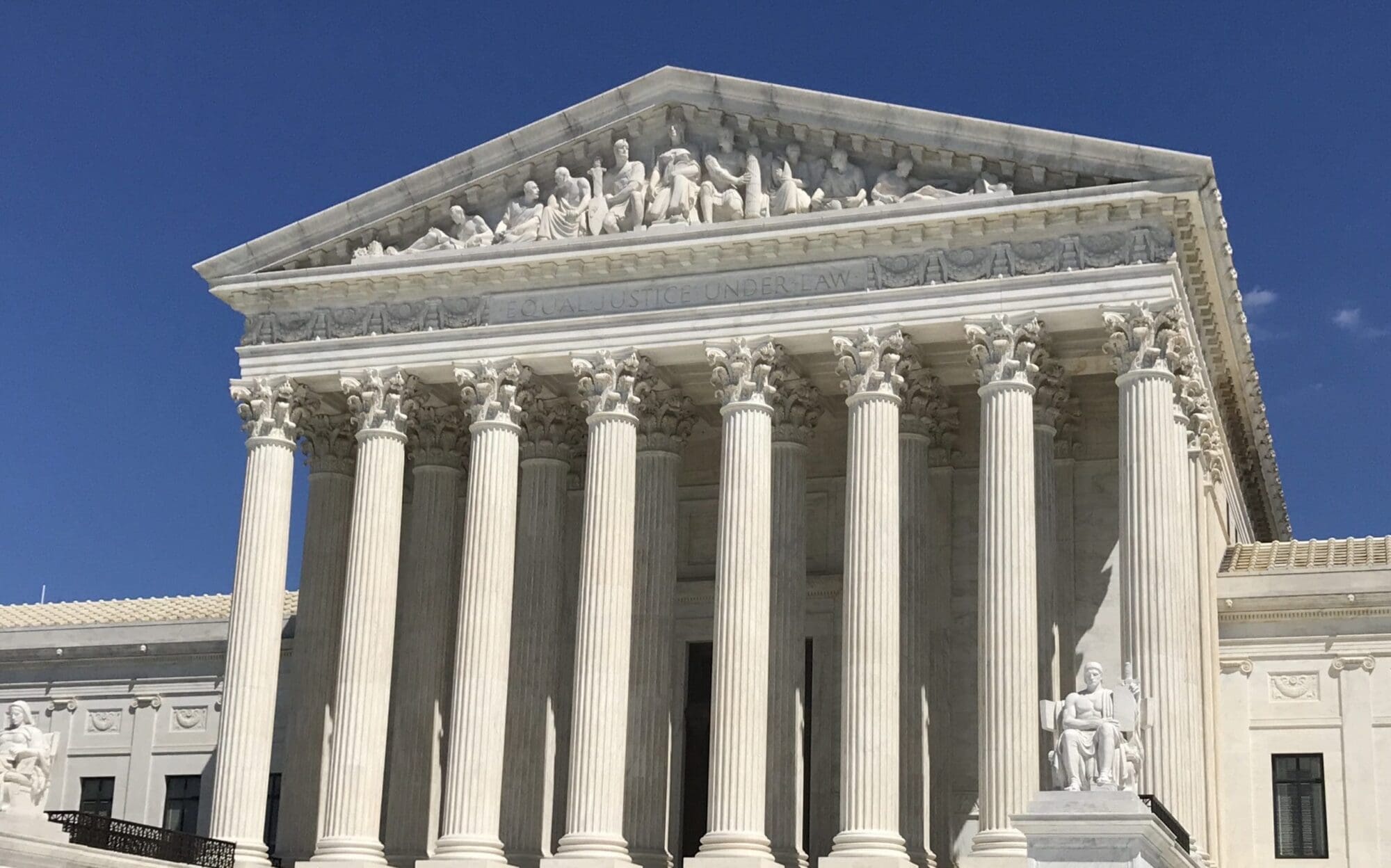Next week, teachers in Arizona are set to take part in a statewide walkout in response to a 20-percent pay increase proposed by Gov. Doug Doucey that they feel doesn’t go far enough. The walkout comes on the heels of other recent teacher demonstrations in West Virginia, Kentucky, and Oklahoma.
With school finance taking center stage in Texas, could the Lone Star State be next?
Not anytime soon, if Texas law has anything to say about it — which it does. Texas Government Code, Section 617.003 states that A) public employees may not strike or engage in an organized work stoppage against the state or a political subdivision, and B) violators forfeit all civil service rights, reemployment rights, and any other rights, benefits, and privileges of public employment.
The buzz has some teacher organizations advising members not to participate in walkouts or strikes, mostly for fear of losing lucrative pensions. Clay Robison, spokesman for the Texas State Teachers Association, says he sees no indications “that our members or teachers in Texas are getting ready to strike.”
Several media reports on teacher attitudes in the state almost exclusively make the dubious claim that the state doesn’t spend enough on education funding and that the result is teachers earning almost $6,500 below the national average for teacher pay. But a closer look reveals a deeper truth.
According to an analysis by The Texas Public Policy Foundation, the state spends about $186,500 per classroom. Yet the average teacher’s salary in 2015–2016 was $51,891.
Meanwhile, in the preceding 22-year period, enrollment increased 48 percent, teaching staff increased 56 percent, with non-teaching staff increasing 66 percent. Had schools kept this last figure in line with enrollment increases, the state would have saved $2.2 billion annually, or increased every teacher’s benefits by $6,318.
Those lamenting a lack of state funding often quote figures from 2008 to paint a picture of a public education system hanging by a thread today. They do so because that year saw artificially high state funding due to school finance changes in 2006 and a $5 billion injection from a one-time federal stimulus under the American Recovery and Reinvestment Act.
Stephanie Matthews, VP of Public Affairs with TPPF writes that “pointing to that high-water mark in history is like saying that a one-time inheritance should increase your monthly paycheck. You can dream, but an exception does not make a rule.”
The state’s share of school district funding is whatever the local school district tax revenue says it is, since the state pays out after the district collects local property tax revenue. Matthews continues, “Arguing that if the state increased education spending then property taxes would go down is putting the cart before the horse.”
Additionally, state education appropriations are up over time. Texas Education Agency data shows inflation-adjusted spending up 29.7 percent since 2005, along with a 7.6-percent increase per student. Last session’s increase was $5.2 billion.
One particularly interesting way to boost teacher pay is expanding school choice options – namely education savings accounts. ESAs allow education dollars to follow the student, and empower parents to customize educational offerings that best suit their children. The forced efficiencies brought about by competition and market forces are too much for the education lobby to stomach, and thus educational bureaucracies have done everything in their power to denounce and unjustly criticize reform efforts. One study concludes:
“Eroding a monopsony in teacher labor markets over time through competition from ESAs should give teachers more negotiating power and could direct more dollars to the classroom by incentivizing a reduction in bureaucratic inefficiencies … By initially increasing private school demand and eventually reducing monopsony effects in teacher labor markets in many localities statewide through the ESA law, many teachers could see their pay increase by $13,439 per year, with some teachers gaining the opportunity to negotiate a salary increase of twice that amount.”
The challenge for teachers across Texas is to understand the forces preventing them from earning more. To an extent, the state’s antiquated school finance formulas and the much-maligned “Robin Hood” program are obstacles. But by far, their greatest impediment seems to be monopsony labor markets protected by associations, lobbyists, and the increasing share of non-teaching staff that they represent, which continues to grow and compete for critical resources.




